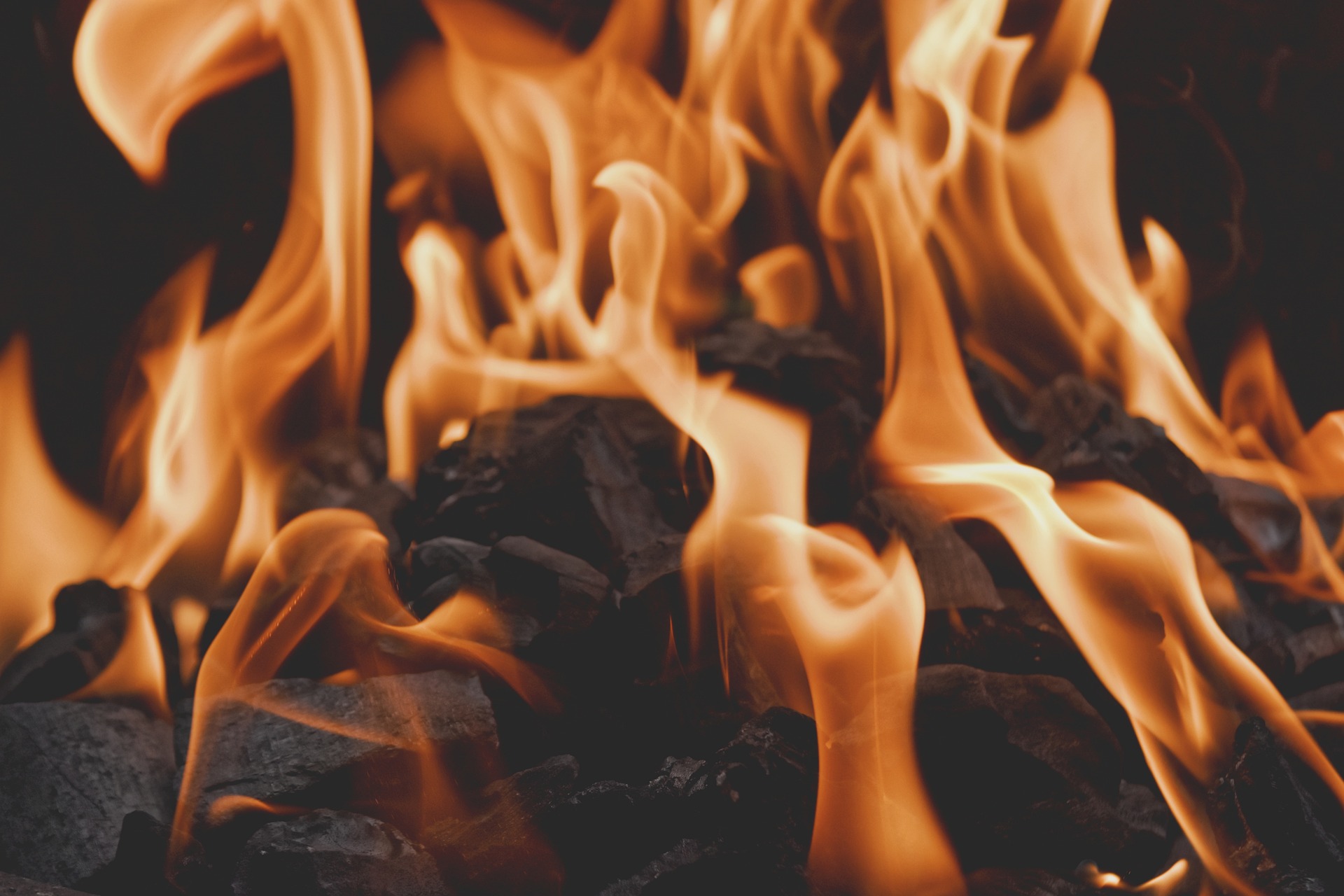Hello Friends!

The last day of our journey was quite informative. The Georgtown Loop Rail was our next destination.


After driving under this nifty bridge, We parked the car and waited for the ticket station to open.
As a correctional professional, I felt compelled to immediately identify with my surroundings.

For a moment, visions of train robberies and fearless lawmen distracted me.
After boarding the train, I was excited to discover we would be crossing the very bridge we drove under! I will admit that I was a little nervous.



We paid an additional fee to tour a silver mine and the train dropped us off.
The average height of the Welshmen who mined here was five foot five. The tunnels were dug with very low clearance. While I am quite short, I still found myself appreciative of the hard hats they required us to wear.
We entered what the miners would have called the mouth of the mine.

The mine needed a stout support system to prevent collapse. The ceiling beams were known as the spine and the side supports were known as the ribs. One rib can support around 10,000 pounds or 4535 Kilograms.

The tunnels were dug at a one percent grade so the mined ore could be pushed down the track with ease. As high as the mountain is, it contains water. A great majority of the mine below us was submerged.

This is a drop area for debris. It is now covered with logs. Numerous men died in this exact spot because rocks were dumped on them. A spouse or family member would be called to drag them out. The tour guide told a joke to lighten the mood, but I could not be swayed from knowing I stood where men lost their lives for 2.50 a day.

Oh, and that 2.50 was only good at a company store, ran by the owner of the mine. Working in a mine was in essence, slavery.
Powder monkeys made .25 cents per day. They ranged from 7 to 13 years old. It was the job of a powder monkey to light a stick of dynamite and run away before exploding rock would injure them.

The Welshmen were superstitious. They were ever on the lookout for a silver vein, evidenced by a bluish wet line in the rock. They called it dragon’s blood as some believed dragons were in the mountains.

We left the mine and part of the tour included learning how to pan for gold. I was fortunate to find a few flakes to take with me as well as a new skill under my belt.

The tour concluded, we boarded the train. On the way back, I asked about the miners. They lived a short, horrible existence. A common cause of death was from inhaling silica dust. The dust would harden in the lungs like cement and kill a man. I looked at my vial of “precious” metal.
Like my writing today, I felt incomplete and empty when I left. Several hundred men died for a few million dollars.
Life is more valuable than a shiny object.


Very interesting and your point at the end was well-spoken.
Thank you.
Very scary and sad history behind that mine :O
I agree. Thanks for stopping by the Campfire. 🤠🔥
I like it here, so warm and nice 🙂
Have a wonderfull weekend!
You as well, Friend!
Thank You! 🙃
Wow, that’s an interesting and sad part of history. Hope you had a nice trip.
It was a eye opener. Overall, we had an excellent time.
I recently visited an old coal minion the middle of the city, when I saw the tiny holes they transported the coal, I felt a sense of dread.
Mines seem such dark places. In the one I toured, they were given 9 hours of candle for a 10 hour day.
I used to have a little vail of gold dust too. Back in the day (1970s-???) there was a gold panning “exhibit” at Knott’s Berry Farm.
Did I miss the name of that bridge?
Panning for gold is relatively safe. I may do it again. I do not know the name of the bridge.
Loved this.
An interesting experience with a valuable message 🖤
Thank You!
You’re most welcome! 👍🖤
Mining is fascinating.
It is.
lovely experience
We packed as much adventure into my days off as we could!
Wow!!! So loved your Adventure and the photos are totally awesome
I am glad you enjoyed! Thank you!